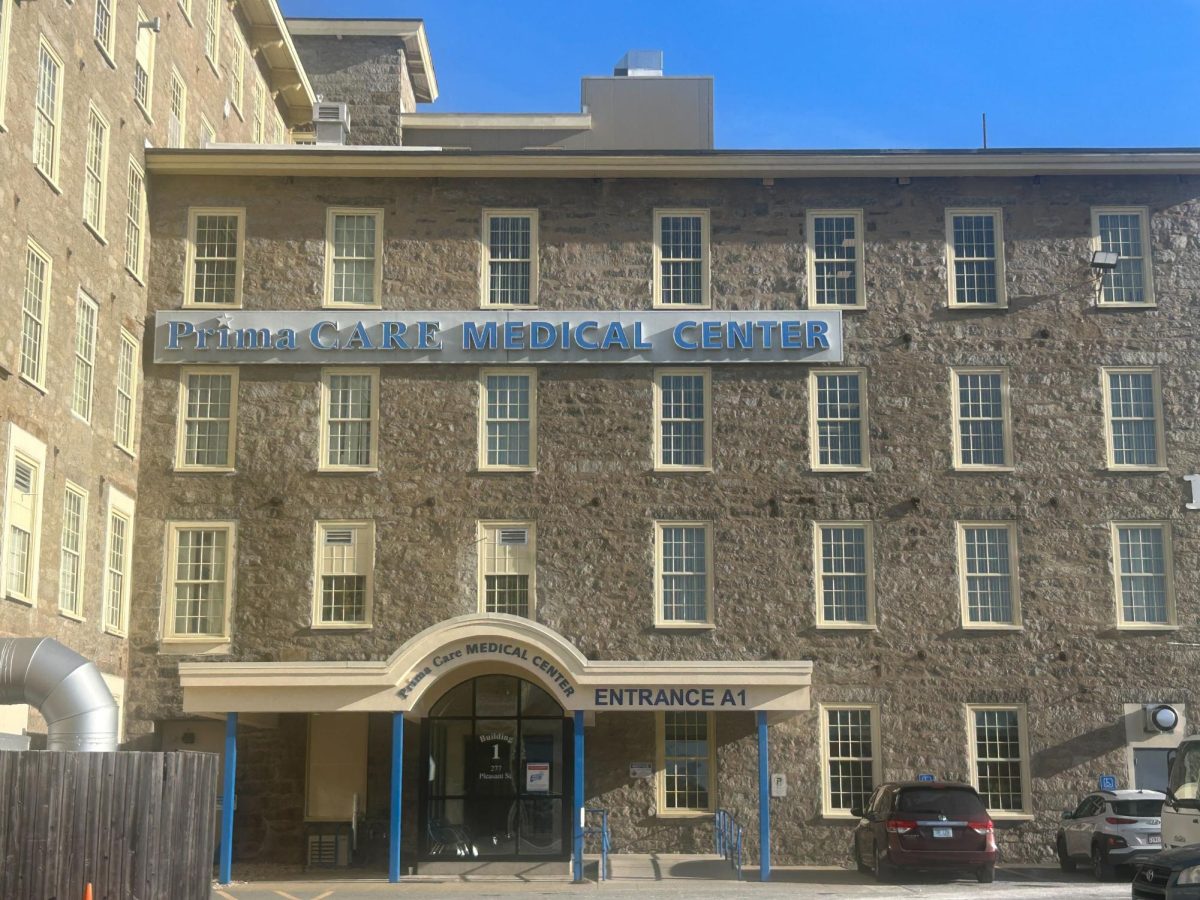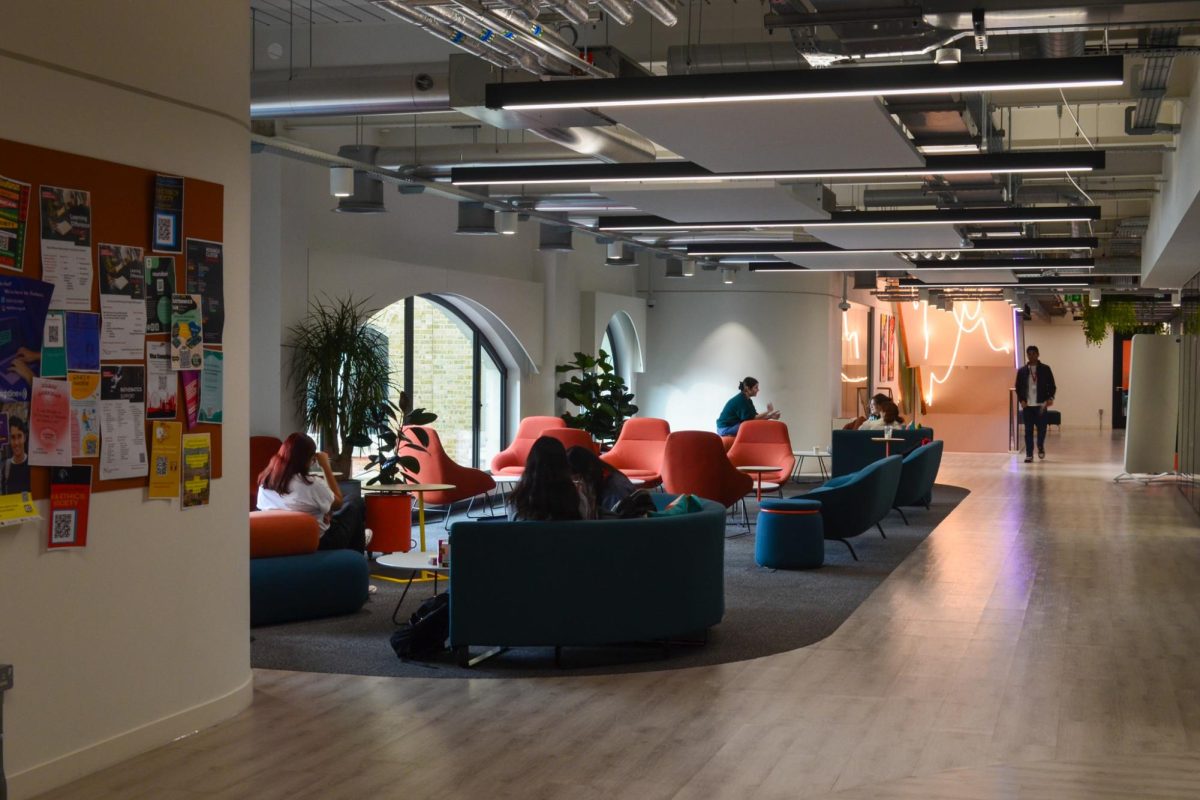By Glenn Yoder
The days of hungry students crowded into the dining hall in Stetson West are coming to an end — at least that is the hope of the university.
Senior Vice President for Administration and Finance Larry Mucciolo said in his speech at the State of the University Address that one of Northeastern’s plans for the future is to expand the Stetson West dining hall. He also said there are plans to transform the basement of Speare Hall into a “one-stop” Residential Life and Housing Services area.
“Those are two things that are being worked on,” Mucciolo said. “The extension, or expansion, of Stetson West is more straight forward. It would be similar to the expansion of Stetson East that we did a couple years ago, although I’m not sure it would be quite as big.”
Among the changes in Stetson West will be an expanded eating area and new access for disabled students. Since the project is still in the most infantile of phases, not all of the objectives are definite, but Business Manager in the Department of Business Services Bill Mallon said that an added beverage station and an additional service area are in consideration.
“We are still in conceptual design, so the project is not 100 percent defined,” said Mallon, the current head of the Stetson West project. “The added seating will make the space more flexible and help with capacity issues. The addition would look similar to the Stetson East addition which looks great and works well.”
In 2001, Northeastern received a $1.3 million donation from Irving M. Levine, a civil engineering graduate and vice chairman and founder of a California-based construction equipment manufacturer. The $3.5 million renovation of Stetson East’s dining hall took place in 1999.
A price tag has not yet been set on the new project, nor a completion date.
According to Northeastern’s Web site, the renamed Levine Marketplace “has received numerous citations and awards for architectural excellence, including an Innovative Achievement Award from the National Association of College Auxiliary Services and a silver citation from the American School and University Magazine.”
Freshman business major Devan Duzdevich said there is a need for change in Stetson West.
“It’s really crowded in there at some points and it’d be good for them to expand it because they’re accepting more students every year,” Duzdevich said. “Stetson West has the custom-made stir-fry and a better choice of food, so the only reason I go to East is because it’s more convenient. But with the changes, I’ll be eating [at Stetson West] more often.”
Plans for the renovation of Speare Hall into a Residential Life and Housing Services center are also just beginning.
The proposed idea would eliminate the problem of housing services being spread among several different buildings, and students would be provided with a more convenient location to accomplish all of their housing needs.
“As we continue to grow our residential campus, more and more students are living on campus and taking advantage of housing services,” said Ed Klotzbier, the interim vice president for student affairs. “Today, students may have to visit several different buildings to take care of their housing needs. We believe that a ‘one-stop’ location will be a great convenience to our students. This will allow the university to provide more efficient and effective customer service to students on a daily basis.”
According to Klotzbier, this year, 92 percent of the freshmen class is living in residence halls and 7000 students are living on campus, requiring a more efficient system.
Freshman business major and Speare Hall resident Jon Cunha said that the project is definitely a service freshmen can use to their advantage.
“To have a centralized location for the ResLife center would be a good idea especially since Speare is primarily all freshmen,” Cunha said. “As freshmen we don’t know where most things are in general and ResLife is essential for the process of adapting to dorm life.”
Mucciolo said that both projects are going to be beneficial to students and the university.
“This is a renovation of an existing space, not new construction,” he said. “We want to make existing services more effective and, if possible, expand services. Both projects are intended to provide better facilities and services to the residential student population.”








